GE MKXR1070, MNSR1060, MNSR2070, MNXR1060, MNXR2070 Owner’s Manual
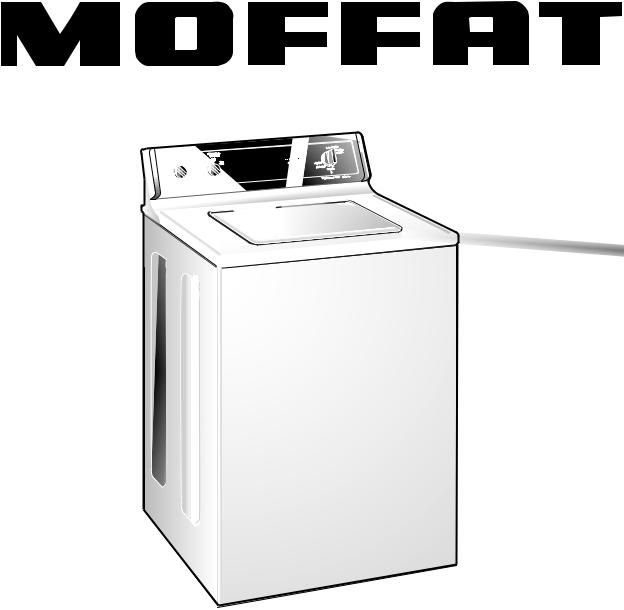
Owner’s Manual
Washers
Models
MKXR1070
MNSR1060
MNSR2070
MNXR1060
MNXR2070
Part No. 175D1807P281 |
Pub. No. 49-90014 7-99 JR |
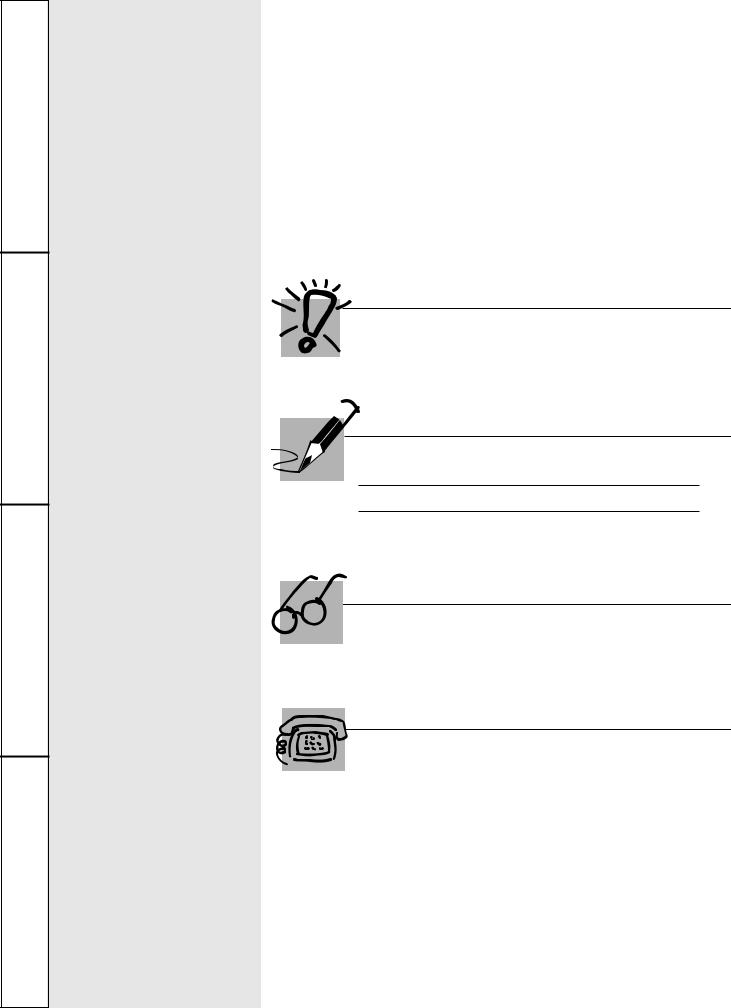
<![endif]>Safety Instructions
<![if ! IE]><![endif]>Operating Instructions
<![if ! IE]><![endif]>Troubleshooting Tips
<![if ! IE]><![endif]>Customer Service
Safety Information . . . . . . . . . . . |
.3 Congratulations! |
|
You Are Now Part of the Moffat Family. |
Welcome to the Moffat family. We’re proud of our quality products and we are committed to providing dependable service. You’ll see it in this easy-to-use Owner’s Manual and you’ll hear it in the friendly voices of our customer service department.
Best of all, you’ll experience these values each time you use your washer. That’s important, because your new washer will be part of your family for many years. And we hope you will be part of ours for a long time to come.
We thank you for buying Moffat. We appreciate your purchase, and hope you will continue to rely on us whenever you need quality appliances for your home.
Operating Instructions
Control Panels . . . . . . . . . . . . . . . . . . . .4, 5
Features . . . . . . . . . . . . . . . . . . . . . . . . . . .6
Loading and Using the Washer . . . . . . .7, 8
Troubleshooting Tips
Before You Call For Service . . . . . . . . .9–11
A Service Partnership.
IMPORTANT!
 Staple sales slip or cancelled check here.
Staple sales slip or cancelled check here.
Proof of the original purchase date is needed to obtain service under the warranty.
 FOR YOUR RECORDS
FOR YOUR RECORDS
Write the model and serial numbers here:
#
#
You can find them in the upper right corner on the back of your washer.
READ THIS MANUAL
Inside you will find many helpful hints on how to use and maintain your washer properly. Just a little preventive care on your part can save you a great deal of time and money over the life of your washer.
Customer Service
Service Telephone Numbers . . . . . . . . . .12
Warranty . . . . . . . . . . . . . . . . . . . . . . . . .14
2
IF YOU NEED SERVICE
You’ll find many answers to common problems in the Before You Call For Service section. If you review our chart of Troubleshooting Tips first, you may not need to call for service at all.
If you do need service, you can relax knowing help is only a phone call away. A list of toll-free customer service numbers is included in the back section. Or call 1-800-361-3400.
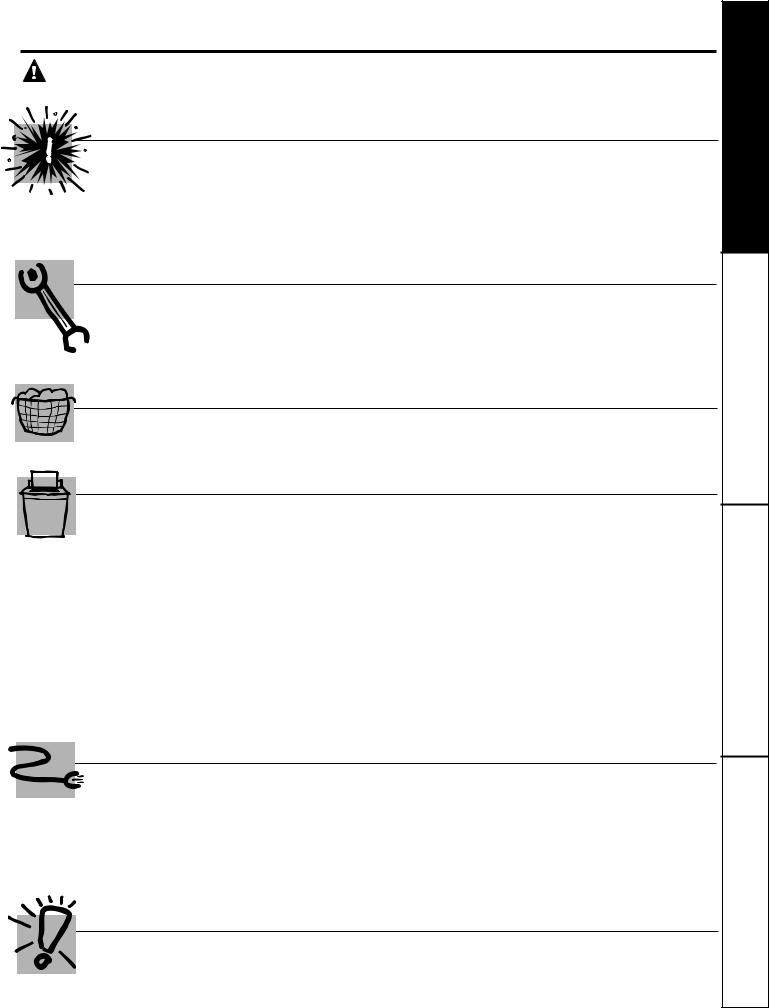
IMPORTANT SAFETY INFORMATION.
READ ALL INSTRUCTIONS BEFORE USING.
WARNING! For your safety, the information in this manual must be followed to minimize the risk of fire or explosion, electric shock, or to prevent property damage, personal injury, or loss of life.
WATER HEATER SAFETY
Under certain conditions hydrogen gas may be produced in a water heater that has not been used for two weeks or more. Hydrogen gas can be explosive under these circumstances.
If the hot water has not been used for two weeks or more, prevent the possibility of damage or injury by turning on all hot water faucets and allowing them to run for several minutes. Do this before using any electrical appliance which is connected to the hot water system. This simple procedure will allow any built-up hydrogen gas to escape. Since the gas is flammable, do not smoke or use an open flame or appliance during this process.
PROPER INSTALLATION
This washer must be properly installed and located in accordance with the Installation Instructions before it is used. If you did not receive an Installation Instructions sheet, you can receive one by calling, toll-free 1-800-361-3400.
■Install or store where it will not be exposed to |
■Properly ground washer to conform with all governing |
temperatures below freezing or exposed to the weather. |
codes and ordinances. Follow details in Installation |
|
Instructions. |
YOUR LAUNDRY AREA
■Keep the area underneath and around your |
■Close supervision is necessary if this appliance is used |
appliances free of combustible materials such as |
by or near children. Do not allow children to play on, |
lint, paper, rags, chemicals, etc. |
with, or inside this or any other appliance. |
WHEN USING THE WASHER |
|
Use this appliance only for its intended purpose as described in this Owner’s Manual.
■Never reach into washer while it is moving. Wait until the machine has completely stopped before opening the lid.
■Do not mix chlorine bleach with ammonia or acids such as vinegar and/or rust remover. Mixing different chemicals can produce a toxic gas which may cause death.
■Do not wash or dry articles that have been cleaned in, washed in, soaked in, or spotted with combustible or explosive substances (such as wax, oil, paint, gasoline, degreasers, dry-cleaning solvents, kerosene, etc.) which may ignite or explode. Do not add these substances to the wash water. Do not use or place these substances around your washer or dryer during operation.
■The laundry process can reduce the flame retardancy of fabrics. To avoid such a result, carefully follow the garment manufacturer’s wash and care instructions.
■To minimize the possibility of electric shock, unplug this appliance from the power supply or disconnect the washer at the household distribution panel by removing the fuse or switching off the circuit breaker before attempting any maintenance or cleaning. NOTE: Turning the Cycle Selector knob to an off position does NOT disconnect the appliance from the power supply.
■Never attempt to operate this appliance if it is damaged, malfunctioning, partially disassembled, or has missing or broken parts, including a damaged cord or plug.
WHEN NOT IN USE
■Turn off water faucets to relieve pressure on hoses and valves and to minimize leakage if a break or rupture should occur. Check the condition of the fill hoses; they may need replacement after 5 years.
■Before discarding a washer, or removing it from service, remove the washer lid to prevent children from hiding inside.
■Do not attempt to repair or replace any part of this appliance unless specifically recommended in this Owner’s Manual, or in published user-repair instructions that you understand and have the skills to carry out.
■Do not tamper with controls.
 Read and follow this Safety Information carefully.
Read and follow this Safety Information carefully.
 SAVE THESE INSTRUCTIONS
SAVE THESE INSTRUCTIONS
3
<![endif]>Instructions Safety
<![if ! IE]><![endif]>Instructions Operating
<![if ! IE]><![endif]>Tips Troubleshooting
<![if ! IE]><![endif]>Service Customer
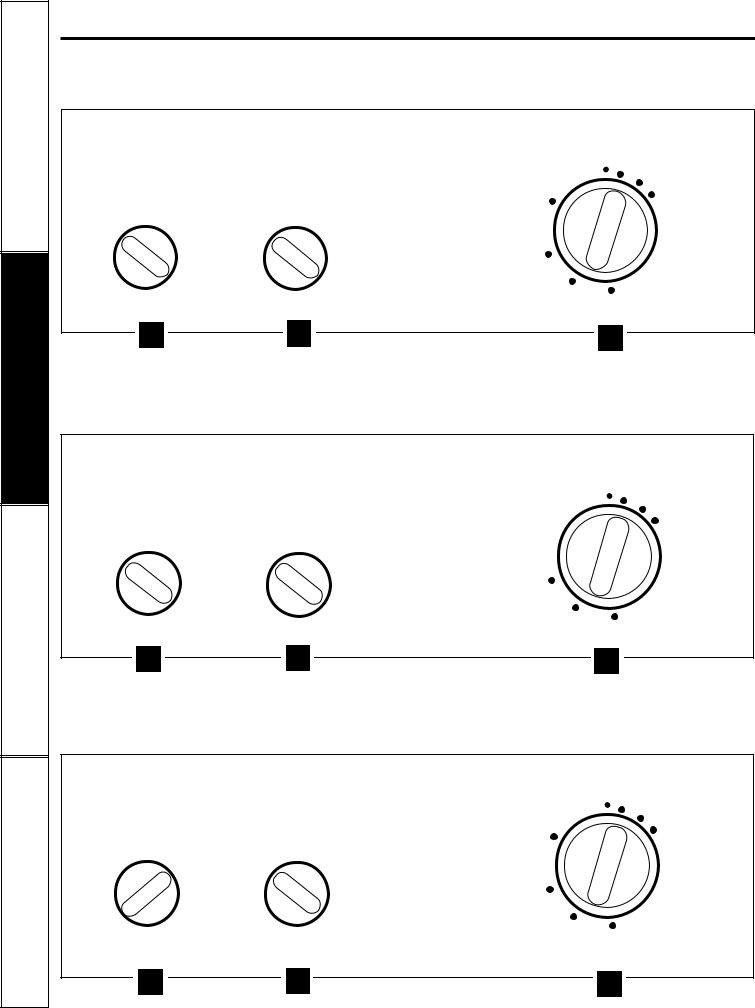
<![endif]>Safety Instructions
<![if ! IE]><![endif]>Operating Instructions
<![if ! IE]><![endif]>Troubleshooting Tips
<![if ! IE]><![endif]>Customer Service
Find your washer control panel.
You can locate your model number behind the top edge of the control panel.
Model MKXR1070
|
LOAD/CHARGE |
TEMPERATURE |
REGULAR |
PERMA |
|
|
COTTONS |
PRESS |
|||
|
|
WASH/RINSE |
|
COTONS |
PERMA PRESS |
|
|
LAVAGE/RINÇAGE |
|
KNITS/TRICOTS |
|
|
|
WARM/COLD |
|
|
DELICATE |
|
MEDIUM |
|
SOAK |
|
|
|
TIEDE/FROID |
|
|
||
|
|
TREMPAGE |
|
||
|
|
COLD/COLD |
|
|
|
MINI |
EXTRA |
|
HOT/COLD |
|
|
LARGE |
FROID/FROID |
CHAUD/FROID |
|
||
|
|
|
|
LIGHT SOIL |
|
|
|
|
|
LEGER |
|
|
|
|
|
NORMAL |
EXTRA |
|
|
|
|
|
|
|
1 |
2 |
|
|
3 |
Model MNSR1060
LOAD/CHARGE |
TEMPERATURE |
REGULAR |
PERMA |
||
COTTONS |
PRESS |
||||
|
|
WASH/RINSE |
|
COTONS |
PERMA PRESS |
|
|
LAVAGE/RINÇAGE |
|
KNITS/TRICOTS |
|
|
|
WARM/COLD |
|
|
DELICATE |
|
LARGE |
|
|
|
|
|
TIEDE/FROID |
|
|
|
|
SMALL |
|
COLD/COLD |
|
HOT/COLD |
|
PETITE |
SUPER |
FROID/FROID |
CHAUD/FROID |
|
|
|
|
|
|
LIGHT SOIL |
|
|
|
|
|
LEGER |
|
|
|
|
|
NORMAL |
EXTRA |
|
|
|
|
|
|
|
1 |
2 |
|
|
3 |
Model MNSR2070
|
LOAD/CHARGE |
TEMPERATURE |
|
REGULAR |
PERMA |
|
|
|
COTTONS |
PRESS |
|||
|
|
WASH/RINSE |
|
|
COTONS |
PERMA PRESS |
|
|
LAVAGE/RINÇAGE |
|
|
KNITS/TRICOTS |
|
|
|
|
|
|
|
DELICATE |
|
EXTRA |
|
|
|
SOAK |
|
|
LARGE |
WARM/COLD |
|
HOT/COLD |
TREMPAGE |
|
LARGE |
RE. |
|
|
|
||
|
TIEDE/FROID |
CHAUD/FROID |
|
|
||
|
|
|
|
|
LIGHT SOIL |
|
|
|
COLD/COLD |
|
WARM/WARM |
LEGER |
|
MEDIUM |
FROID/FROID |
|
TIEDE/TIEDE |
NORMAL |
|
|
|
|
|
|
|||
|
SMALL |
|
|
|
|
EXTRA |
|
PETITE |
|
|
|
|
|
4 |
1 |
2 |
|
|
|
3 |
|
|
|
|
|
|
|
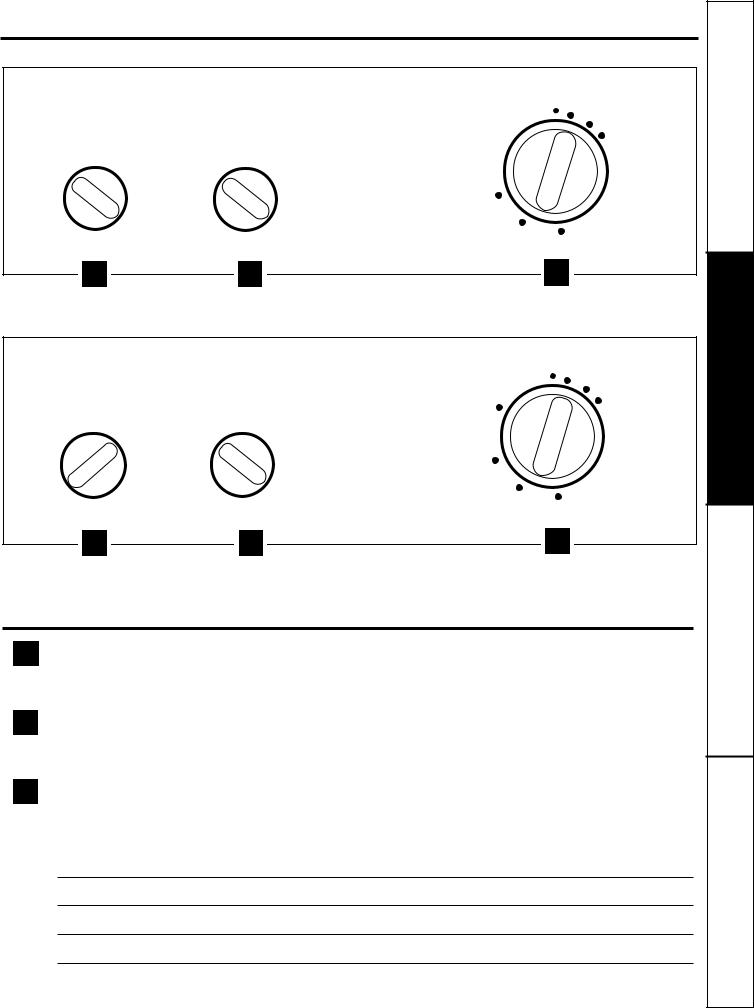
Model MNXR1060
LOAD/CHARGE |
TEMPERATURE |
REGULAR |
PERMA |
||
COTTONS |
PRESS |
||||
|
|
WASH/RINSE |
|
COTONS |
PERMA PRESS |
|
|
LAVAGE/RINÇAGE |
|
KNITS/TRICOTS |
|
|
|
WARM/COLD |
|
|
DELICATE |
|
MEDIUM |
|
|
|
|
|
TIEDE/FROID |
|
|
|
|
SMALL |
EXTRA |
COLD/COLD |
|
HOT/COLD |
|
PETITE |
LARGE |
FROID/FROID |
CHAUD/FROID |
|
|
|
|
|
|
LIGHT SOIL |
|
|
|
|
|
LEGER |
|
|
|
|
|
NORMAL |
EXTRA |
|
|
|
|
|
|
|
1 |
2 |
|
|
3 |
Model MNXR2070
LOAD/CHARGE |
TEMPERATURE |
REGULAR |
PERMA |
|||
COTTONS |
PRESS |
|||||
|
|
|
WASH/RINSE |
|
COTONS |
PERMA PRESS |
|
|
|
LAVAGE/RINÇAGE |
|
KNITS/TRICOTS |
|
|
|
|
WARM/COLD |
|
|
DELICATE |
|
|
|
|
SOAK |
|
|
|
EXTRA |
|
TIEDE/FROID |
|
|
|
|
|
|
TREMPAGE |
|
||
|
LARGE |
|
COLD/COLD |
|
|
|
|
RE. |
|
HOT/COLD |
|
||
LARGE |
|
|
|
|||
|
|
FROID/FROID |
CHAUD/FROID |
|
||
|
|
|
|
|
LIGHT SOIL |
|
|
|
|
|
|
LEGER |
|
MEDIUM |
SMALL |
|
|
|
NORMAL |
EXTRA |
|
|
|
|
|
||
|
PETITE |
|
|
|
|
|
|
1 |
|
2 |
|
|
3 |
About the control settings.
1 Load Size
The water level should just cover the clothes. Adjust the load size accordingly. Loosely load clothes no higher than the top row of holes in the washer tub.
2 Temperature
Select the water temperature for the wash and rinse cycles. Always follow fabric manufacturer’s care label or instructions when laundering. Follow the water temperature guide on the washer lid.
3 Wash Cycle
The wash cycle controls the length of the washing process. The chart below will help you match the wash cycle setting with your clothing.
REGULAR COTTONS For heavy to lightly soiled cottons, household linens, work and play clothes.
PERMA PRESS For easy care and wrinkle-resistant items.
KNITS Specially designed for normally soiled knits.
DELICATE For lingerie and delicate fabrics with light to normal soil.
SOAK For heavily soiled clothes that need to be soaked before washing. Once the soak and spin cycle is complete
reset the control to a wash setting. |
5 |
<![endif]>Instructions Safety
<![if ! IE]><![endif]>Instructions Operating
<![if ! IE]><![endif]>Tips Troubleshooting
<![if ! IE]><![endif]>Service Customer
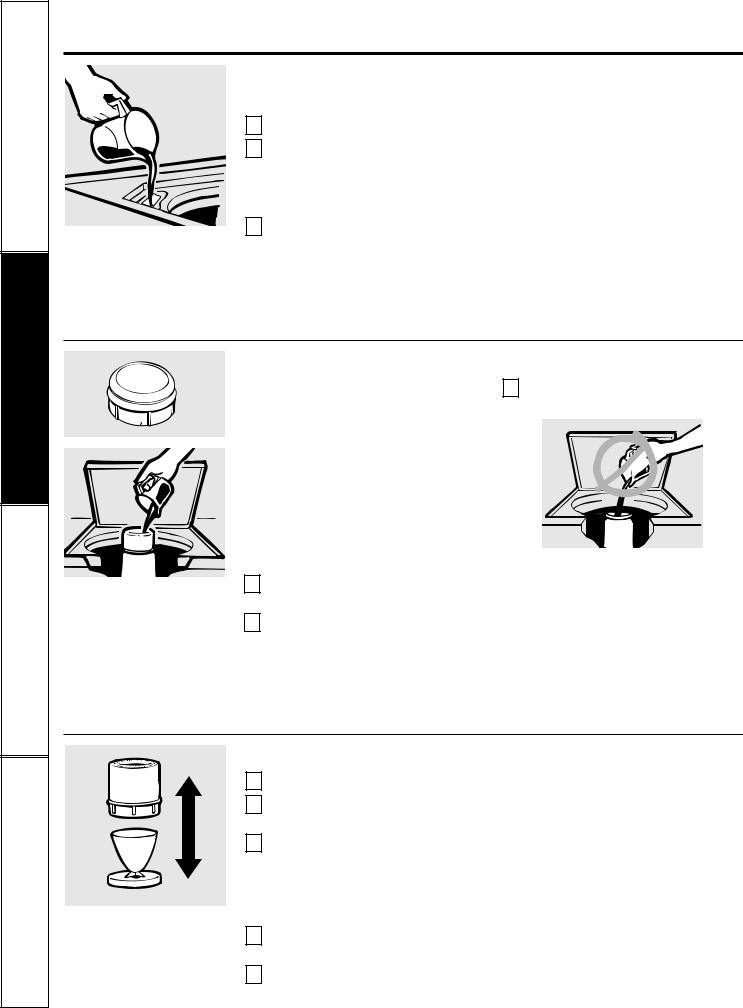
<![endif]>Safety Instructions
<![if ! IE]><![endif]>Operating Instructions
<![if ! IE]><![endif]>Troubleshooting Tips
<![if ! IE]><![endif]>Customer Service
About washer features. NOTE: Not all features are available on all washer models.
Liquid Bleach Dispenser (on some models)
The dispenser dilutes liquid chlorine bleach before it reaches into your wash load.
1 Check clothing care labels for special instructions.
2 Measure liquid bleach carefully, following instructions on the bottle.
■ Never pour undiluted liquid chlorine bleach directly onto clothes or into the wash basket.
■ Do not pour powdered bleach into bleach dispenser.
3 Before starting the washer, pour measured amount of bleach directly into bleach dispenser. Avoid splashing or over-filling dispenser. If you prefer to use powdered bleach, add it into the wash basket with your detergent.
■Do not mix chlorine bleach with ammonia or acids such as vinegar and/or rust remover. Mixing can produce a toxic gas which may cause death.
The Agitator Cap or Fabric Softener Dispenser (depending on model)
The agitator cap fits into the top of the agitator. If it accidentally comes off, simply put it back on.
The fabric softener dispenser automatically releases liquid fabric softener at the proper time during the cycle.
Do not stop the washer during the first spin. This will cause the dispenser to empty
too soon.
To use, follow these steps:
1 Make sure dispenser is securely attached to agitator.
2 Use only liquid fabric softener. Pour into dispenser, using amount recommended on package.
Never pour fabric softener directly on clothes. It may stain them.
3 Add water to dispenser until it reaches the maximum fill line.
Do not pour anything into the agitator if the agitator cap or dispenser is removed.
Cleaning the Fabric Softener Dispenser (on some models)
1
2
3
Separate for cleaning.
Remove the dispenser from the top of the agitator.
Separate the dispenser cup from the cover by grasping the top and pushing down on the inside of the cup with your fingers. Dispenser cup will pop free from the cover.
To clean the dispenser, soak both the dispenser cup and the dispenser cover in the following solution:
■1 US gallon (3.8 liters) warm water
■1/4 cup (60 ml) heavy duty liquid detergent
■1 cup (240 ml) bleach
4 If necessary, loosen build-up with a clean, soft cloth after soaking. Do not use a stiff brush; you may roughen the surface of the dispenser.
5 Rinse and reassemble dispenser. Place dispenser back on the agitator.
6
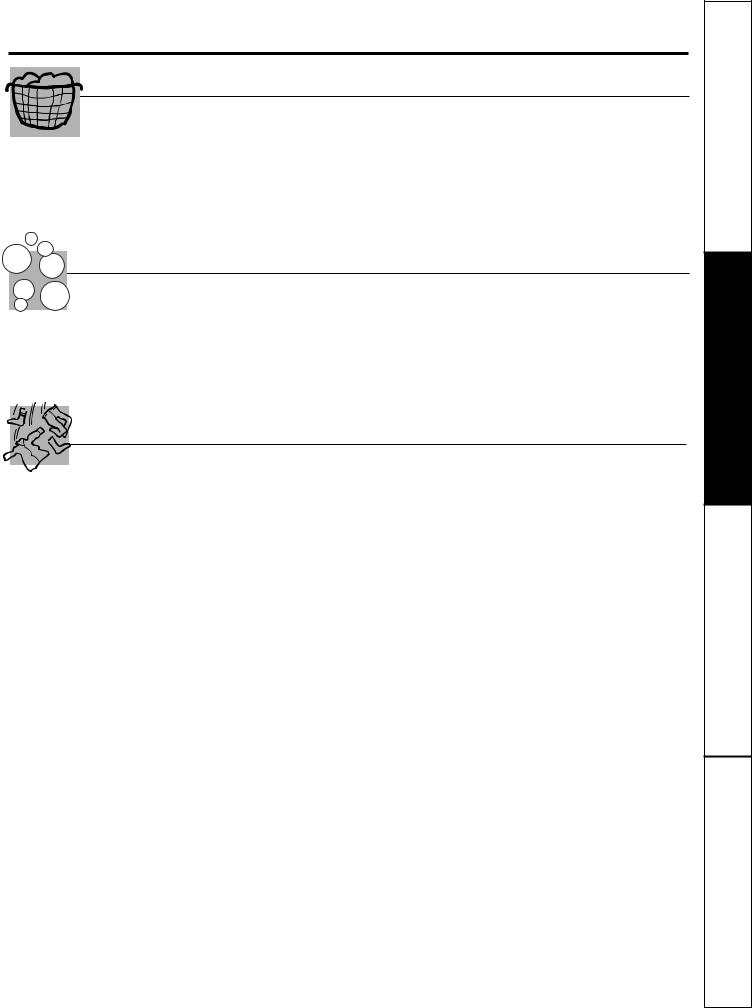
Loading and using the washer. Always follow fabric manufacturer’s care label when laundering.
Sorting Wash Loads
Colors |
Soil |
Fabric |
Lint |
Whites |
Heavy |
Delicates |
Lint Producers |
Lights |
Normal |
Easy Care |
Lint Collectors |
Darks |
Light |
Sturdy Cottons |
|
Proper Use of Detergent
Add detergent and start the washer before adding |
You can use less detergent if you have soft water, a |
clothes so that the detergent can work effectively. |
smaller load, or a lightly soiled load. |
Follow the detergent package directions. Using too |
|
little or too much detergent is a common cause of |
|
laundry problems. |
|
Loading the Washer
Load dry items loosely, no higher than the top row of holes in the washer tub. When loading wet items make sure you set the load/water level high enough to allow the items to move freely. Water level should just cover the clothes. To add items after washer has started, push in Cycle Dial and submerge additional items next to the agitator. Close the lid and pull Cycle Dial out to restart.
■Do not wrap large items like sheets around the agitator.
■Do not wash fabrics containing flammable materials (waxes, cleaning fluids, etc.).
■Agitation will not start with the lid up.
7
<![endif]>Instructions Safety
<![if ! IE]><![endif]>Instructions Operating
<![if ! IE]><![endif]>Tips Troubleshooting
<![if ! IE]><![endif]>Service Customer

<![endif]>Safety Instructions
<![if ! IE]><![endif]>Operating Instructions
<![if ! IE]><![endif]>Troubleshooting Tips
<![if ! IE]><![endif]>Customer Service
Loading and using the washer. Always follow fabric manufacturer’s care label when laundering.
Care and Cleaning of the Washer
Wash Basket: Leave the lid open after washing to allow moisture to evaporate. If you want to clean the basket use a clean soft cloth dampened with liquid detergent, then rinse. (Do not use harsh or gritty cleaners.)
Fill Hoses: Hoses connecting washer to faucet should be replaced every 5 years.
Lint Filter: The lint filter is located under the agitator. It is self-cleaning and requires no maintenance.
Exterior: Immediately wipe off any spills. Wipe with damp cloth. Try not to hit surface with sharp objects.
Moving and Storage: Ask the service technician to remove water from drain pump and hoses. Do not store the washer where it will be exposed to the weather. For information on how to keep the tub stationary when moving the washer write to: Manager, Consumer Relations, Camco Inc.,
1 Factory Lane, Suite 310, Moncton, N.B. E1C 9M3.
Long Vacations: Be sure water supply is shut off at faucets. Drain all water from hoses if weather will be below freezing.
Fabric Care Labels
Below are fabric care label “symbols” that affect the clothing you will be laundering.
WASH LABELS
Machine wash
cycle |
Normal |
|
|
|
|
|
|
|
|
|
Permanent Press/ |
|
|
|
|
Do not wash |
Do not wring |
||||
|
Gentle/ |
|
Hand wash |
|||||||
|
|
wrinkle resistant |
delicate |
|
|
|
||||
Water |
|
|
|
|
|
|
|
|
|
|
temperature |
|
Hot |
|
Warm |
Cold/cool |
|
|
|||
|
|
(50°C/120°F) |
(40°C/105°F) (30°C/85°F) |
|
|
|||||
|
|
|
|
|
|
|
|
|
|
|
DRY LABELS |
|
|
|
|
|
|
|
|
|
|
|
|
|
|
|
|
|
|
|
|
|
Tumble |
|
|
|
|
|
|
|
|
|
|
dry |
|
|
|
|
|
|
|
|
|
Do not dry |
|
Dry |
Normal Permanent Press/ |
Gentle/ Do not tumble dry |
(used with |
||||||
|
|
|
|
wrinkle resistant |
delicate |
|
do not wash) |
|||
Heat |
|
|
|
|
|
|
|
|
|
|
setting |
|
|
|
|
|
|
|
|
|
|
|
High |
Medium |
Low |
No heat/air |
|
|
||||
Special |
|
|
|
|
|
|
|
|
|
|
instructions |
|
|
|
|
|
|
Dry flat |
|
|
|
|
Line dry/ |
Drip dry |
In the shade |
|||||||
|
hang to dry |
|
|
|
|
|
|
|||
|
|
|
|
|
|
|
|
|
|
|
BLEACH LABELS |
|
|
|
|
|
|
|
|
|
|
|
|
|
|
|
|
|
|
|
|
|
Bleach |
|
|
|
|
|
|
|
|
|
|
symbols |
Any bleach |
Only non-chlorine bleach |
Do not bleach |
|
|
|||||
|
(when needed) |
(when needed) |
|
|
|
|||||
8
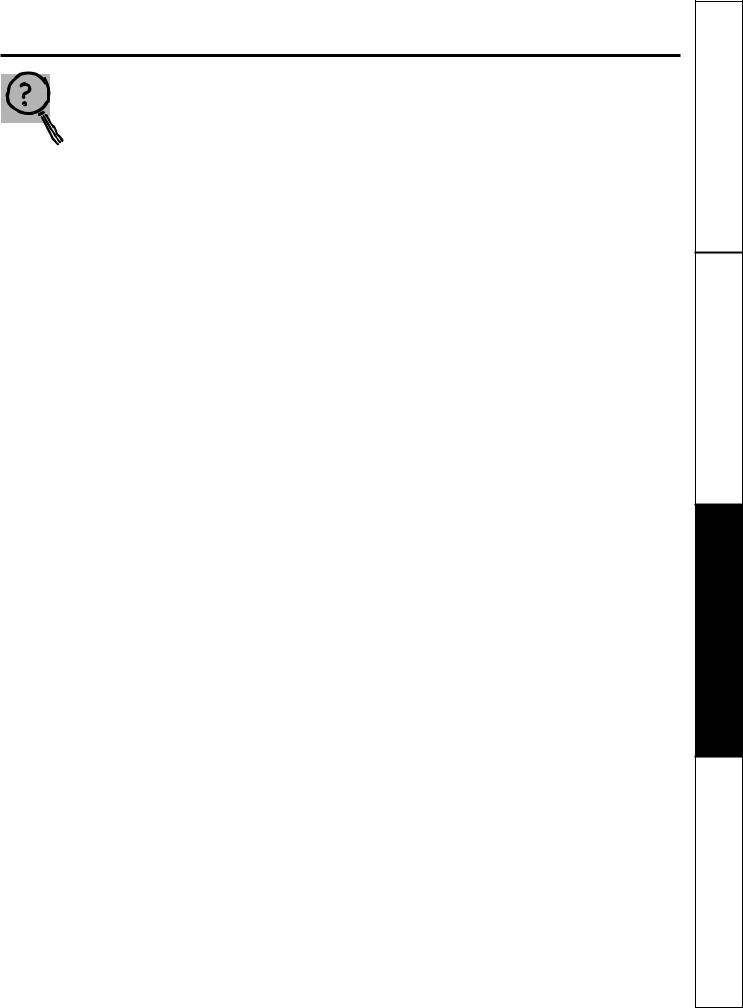
Before you call for service…
Troubleshooting Tips
Save time and money! Review the charts on the following pages first and you may not need to call for service.
Problem |
|
Possible Causes |
What To Do |
|
|
|
|
Washer won’t operate |
|
Washer is unplugged |
• Make sure cord is plugged securely into a working outlet. |
|
|
|
|
|
|
Water supply is turned off |
• Turn both hot and cold faucets fully on. |
|
|
|
|
|
|
Controls are not set |
• Check controls and make sure Cycle knob is pulled out |
|
|
properly |
to ON position. |
|
|
|
|
|
|
Lid is open |
• Close lid and pull Cycle knob out to ON position. |
|
|
|
|
|
|
Circuit breaker/fuse is |
• Check house circuit breakers/fuses. Replace fuses or |
|
|
tripped/blown |
reset breaker. Washer should have separate outlet. |
|
|
|
|
Water temperature |
|
Control is not set properly |
• Check water temperature control and adjust. |
is incorrect |
|
|
|
|
Water supply is turned off |
• Turn both hot and cold faucets fully on and make sure |
|
|
|
||
|
|
or improperly connected |
hoses are connected to correct faucets. |
|
|
|
|
|
|
Water valve screens are |
• Turn off the water source and remove the water |
|
|
stopped up |
connection hoses from the upper back of the washer. |
|
|
|
Use a brush or toothpick to clean the screens in the |
|
|
|
machine. Reconnect the hoses and turn the water |
|
|
|
back on. |
|
|
|
|
|
|
House water heater is |
• Make sure house water heater is delivering water |
|
|
not set properly |
at 120°F.–140°F.(48°C.–60°C.). |
|
|
|
|
Water won’t drain |
|
Drain hose is kinked or |
• Straighten drain hose and make sure washer is not |
|
|
improperly connected |
sitting on it. |
|
|
|
• Top of drain outlet should be less than 8 ft. (2.5 m) |
|
|
|
above floor. |
|
|
|
|
Water leaks |
|
Fill hoses or drain hose is |
• Make sure hose connections are tight at faucets and |
|
|
improperly connected |
make sure end of drain hose is correctly inserted in |
|
|
|
and secured to drain facility. |
|
|
|
|
|
|
Household drain may |
• Check household plumbing. You may need |
|
|
be clogged |
to call a plumber. |
|
|
|
|
|
|
Constant water pressure |
• Tighten hoses at the faucets and turn the water off |
|
|
to the fill hoses at the |
after each use. |
|
|
water source |
• Check condition of the fill hoses; they may need |
|
|
|
|
|
|
|
replacement after 5 years. |
9
<![endif]>Instructions Safety
<![if ! IE]><![endif]>Instructions Operating
<![if ! IE]><![endif]>Tips Troubleshooting
<![if ! IE]><![endif]>Service Customer
